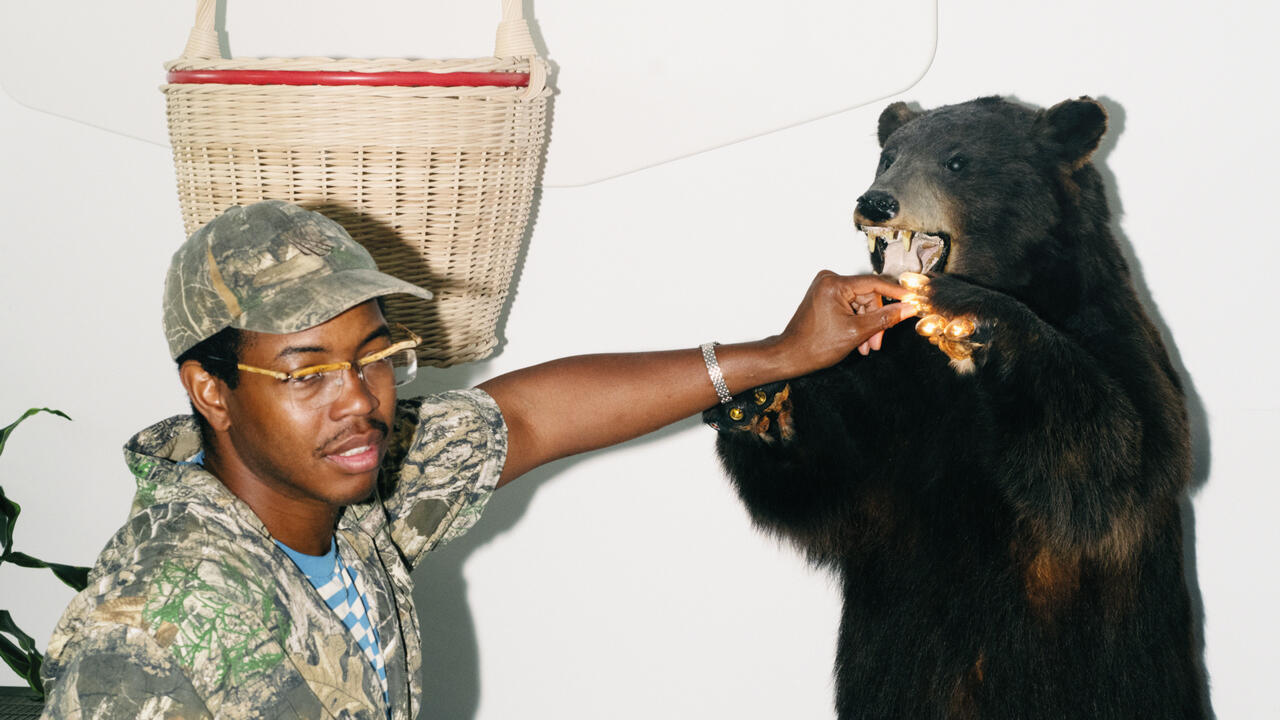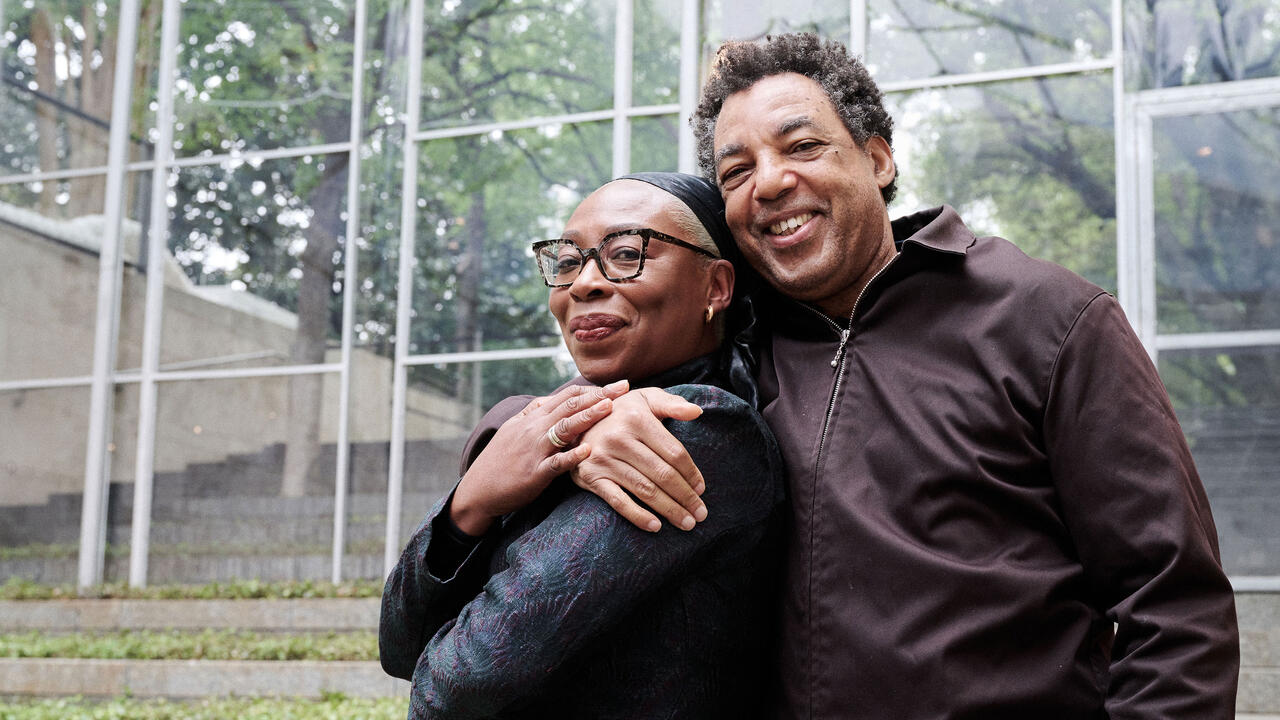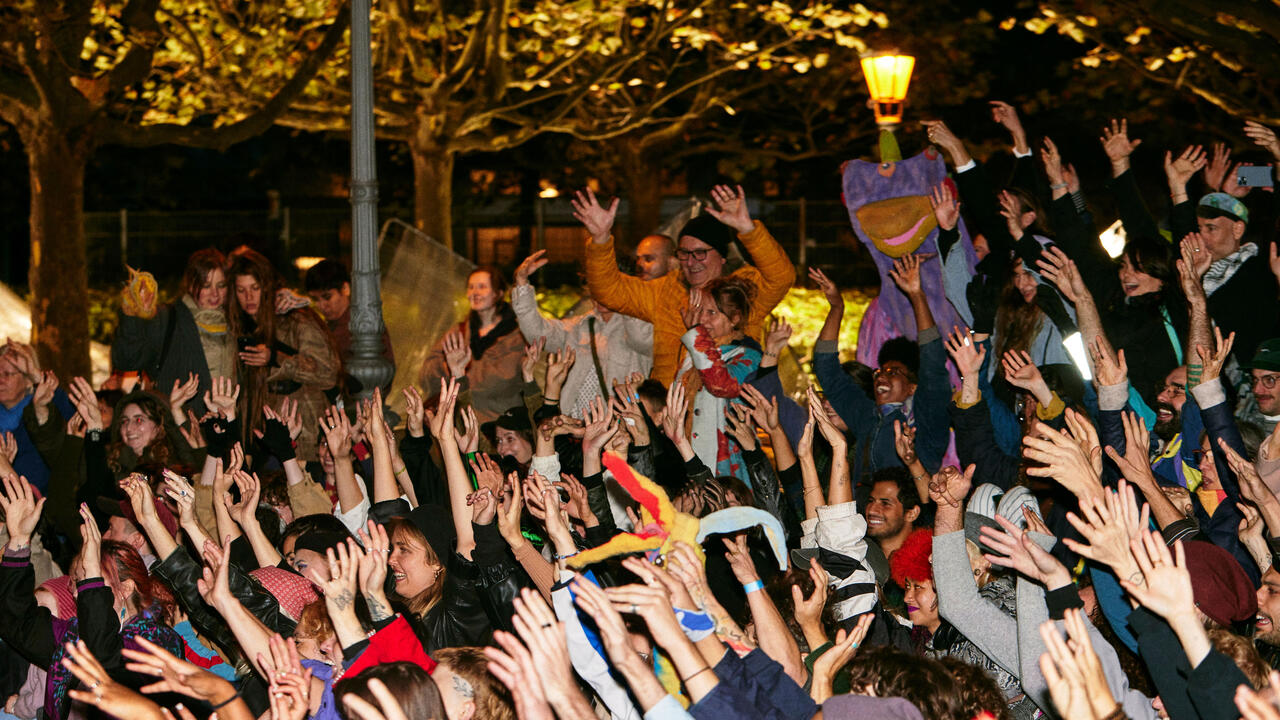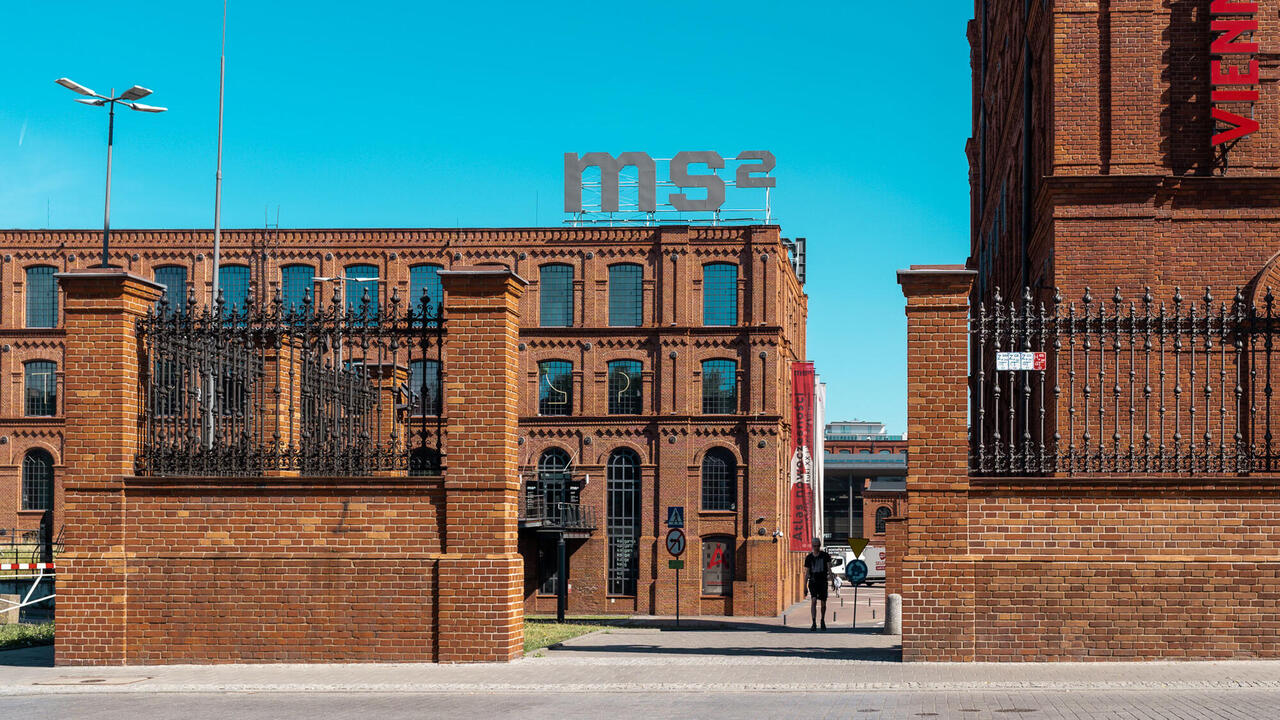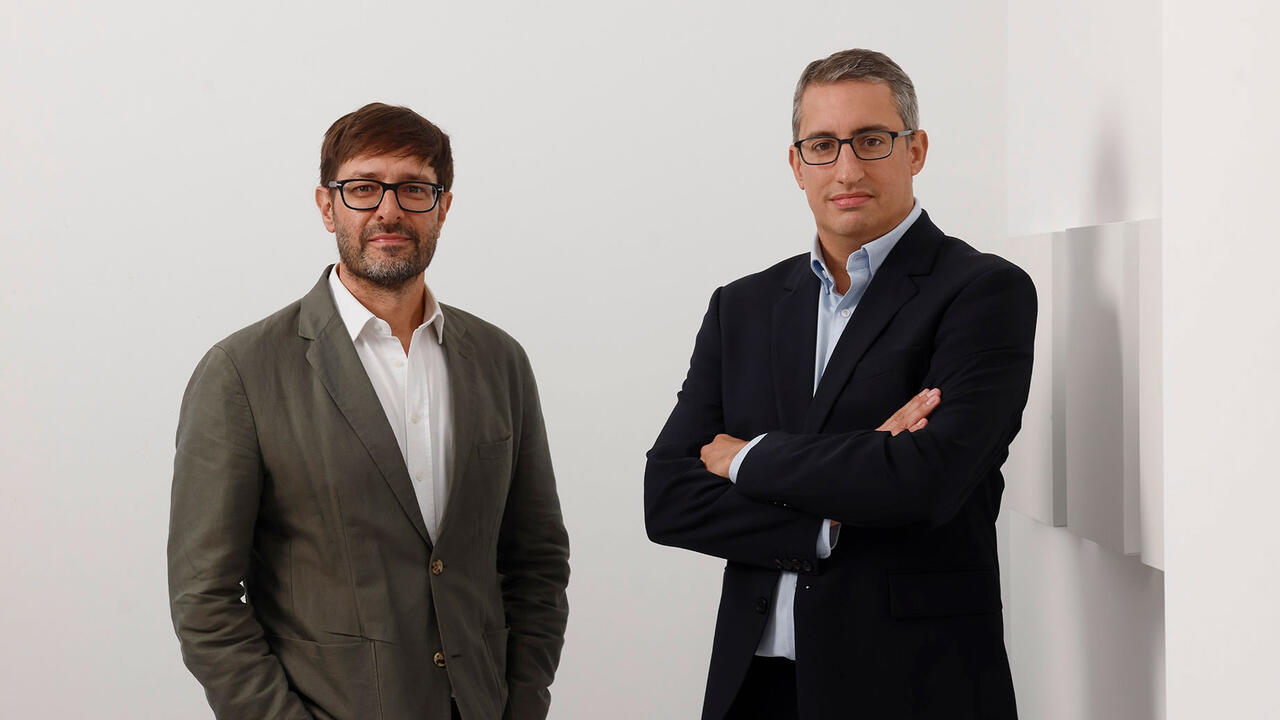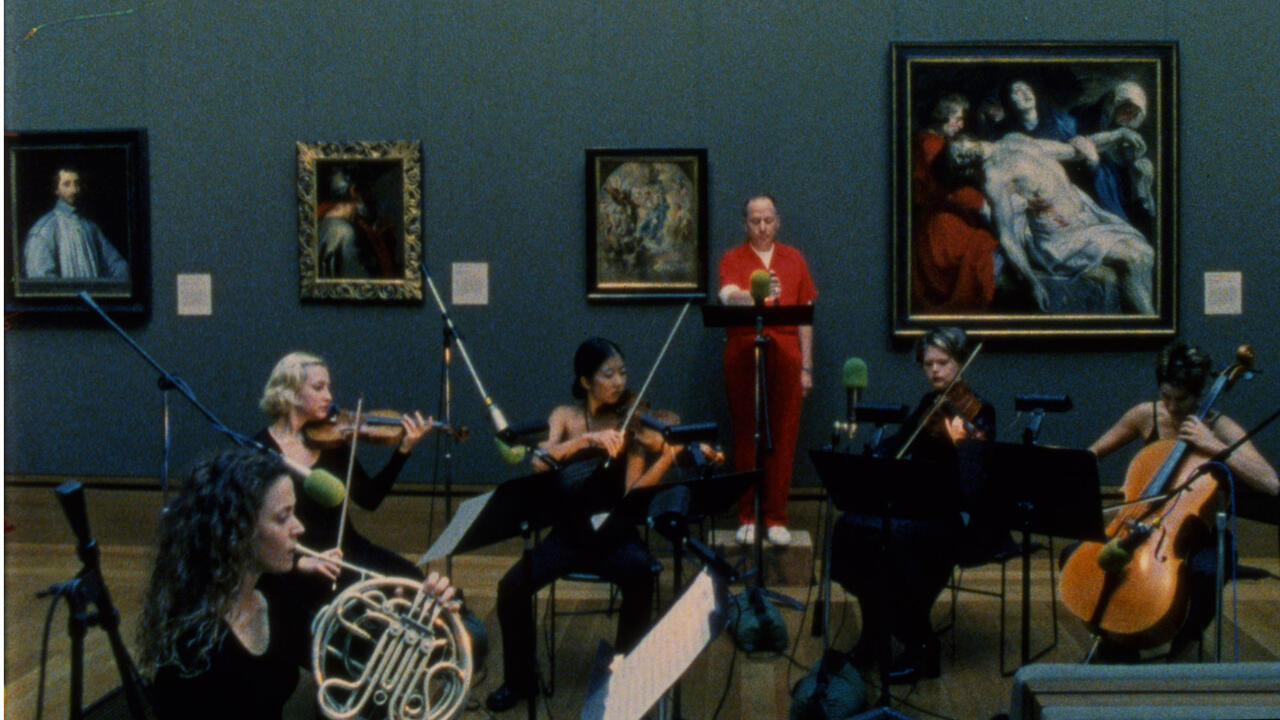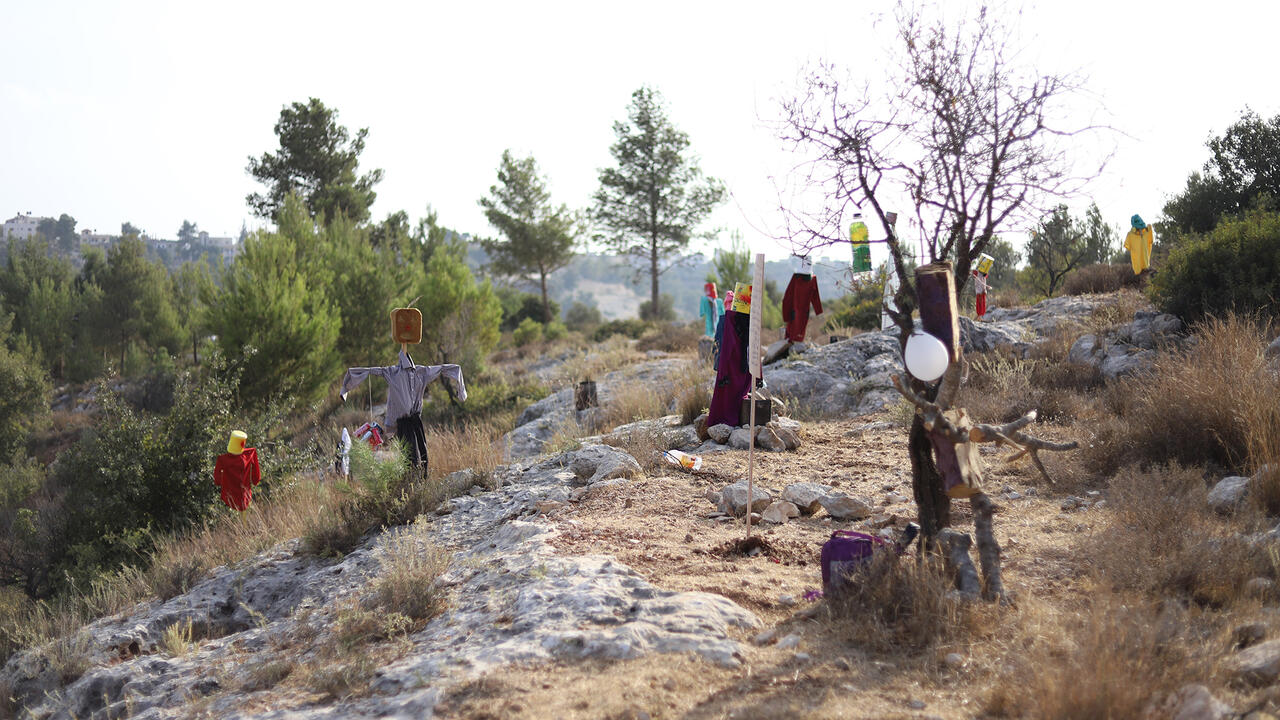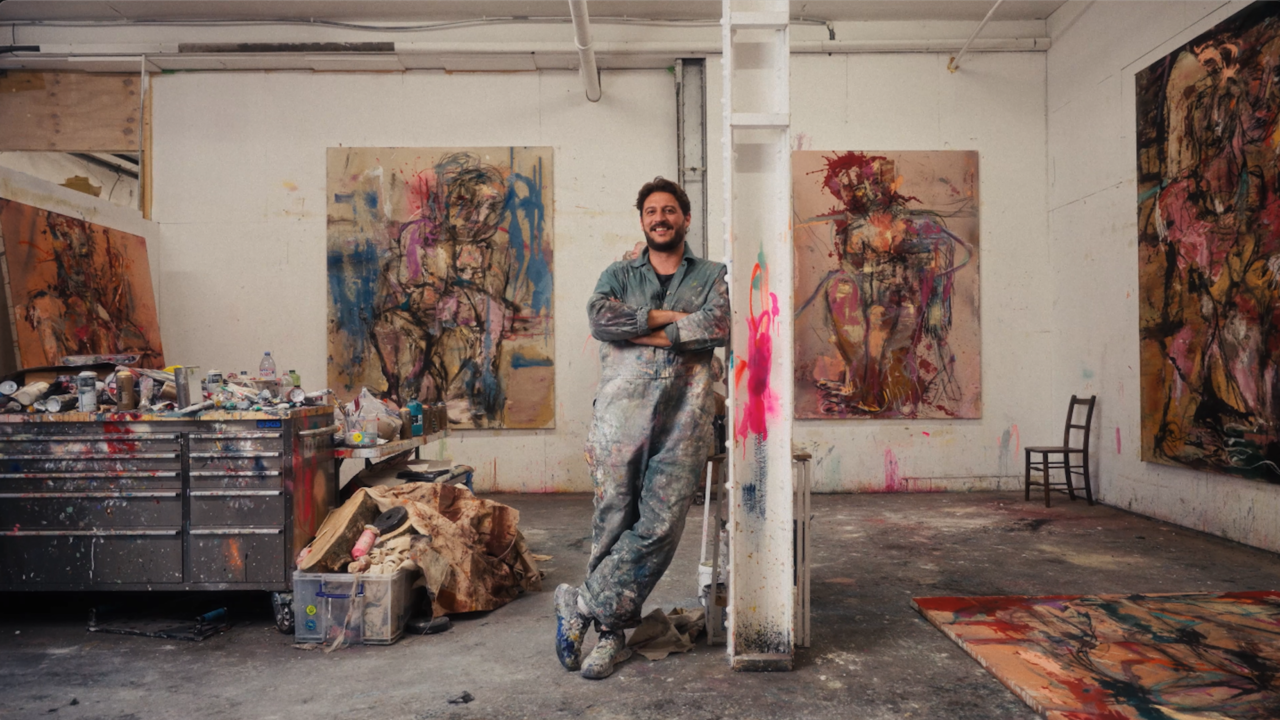An Exclusive Interview with The Marble Arch Mound
After a swarm of bad press, Huw Lemmey speaks to the much-maligned attraction on the occasion of its closure
After a swarm of bad press, Huw Lemmey speaks to the much-maligned attraction on the occasion of its closure

When interviewing celebrities, it can be difficult to resist the pressure added by the anxious PR managers, hovering round their clients, steering your subject towards banal, cookie-cutter answers – as well as the hunger of the public for either a scandalous revelation or the sort of problematic, career-ending remark that the hyper-vigilant handler is seeking to avoid. As the day of the interview approaches, a strange dread filled the writer’s body: how could I find the unexpected, the ambivalent and the real in a public figure about whom the world has already made up its mind? As I took a taxi across London to the exclusive W1 address specified, I tried to play down my preconceptions about the subject to whom I was about to talk. It was the least I could do, having been given a journalistic exclusive: mine was to be the only interview granted by that grand old lady of Westminster, the Marble Arch Mound.

I needn’t have worried. They retain something of the faded Hollywood starlet about them: while the Mound has clearly seen better days, it’s not entirely clear when those better days were. But nonetheless, nothing prepares you for that first meeting. Easily dominating the surrounding area, the Mound commands your attention. A few tourists gawp and stare, unaware that in London, while in the presence of celebrity, it is polite to pretend they are a nobody like yourself. To some locals, the Mound is a punchline. As soon as I sit down and turn on my tape-recorder, the Mound grasps the nettle: ‘I know what you’re thinking about me. Everybody does. I’ve had it all year. How does something so expensive look so cheap, so tatty? So please, go easy on me. I’m feeling vulnerable.’ After a year in the headlines, I ask, how are they feeling? ‘It’s certainly been a difficult six months,’ the Mound confides. ‘I think people forget how meteoric my rise was. A year ago, nobody had heard of me. Within two months, my papers were in order, and within days, I was all anyone was talking about. Darling, I was the news.’
Yet wasn’t that speed part of the problem, I suggest? The marketing, the planning permission, the cash: it all seemed so manufactured, appearing from nowhere – seemed frivolous and attention-seeking while large parts of society struggled, unaided, during a national crisis. Aren’t people sick of this sort of astroturfed regeneration spectacle? The Mound visibly winces, and I regret my faux pas as they self-consciously rearrange their thinning coverage. ‘Of course, you’re right. But then this is the problem with being made of scaffolding and not earth. People see right through you.’ I ask if there’s any truth to the suggestion that the plans were actually scaled back, that there had been a far more ambitious scheme originally. ‘Yes. Don’t think your disappointment isn’t shared, by the way,’ the Mound responds. ‘I was promised more than this too. Do you think I would have signed up for this, knowing the way I would be looked at, laughed at? We all saw the first architectural renders. I was going to be something of substance, a place of sublime natural beauty in the midst of the modern city. Do you not think I saw those images of beautiful, happy couples strolling up and down my dappled contours?’ They reach for a tissue. ‘I know, I’m hollow.’

As they wipe their moist apertures, I offer some consolation. ‘At least you’re not the Millennium Dome,’ I offer, and they giggle through their tissue. ‘One thing that frustrates me is this caricature that I’m a flash in the pan, a novelty invented in the mind of some over-paid, over-hyped, coked-up committee of brand managers, architects and politicians. Nothing could be further from the case,’ the Mound protests, reapplying a thin layer of ferns to cover up the smudge. ‘But in reality, I am part of history, merely one chapter of an ancient story. Marble Arch has a long legacy of scaffolds erected for the public good.’ Behind the Mound, I see the PR agent nervously pacing, listening in while pretending to study her clipboard, anxious at the Mound’s persistent slipping off message.
I ask if the Mound is referring to the Tyburn Tree, a wooden gallows that stood for centuries near what is now Marble Arch. Hundreds would meet their fate in grizzly public executions here, and were then dumped in a mass grave nearby. Sir Tony Blair now lives very close to the site. 'Do you see yourself aligned with that legacy?' I press. ‘Of course. After all, I have the same purpose. Draw in the crowds with a spectacle, in the hope it’ll do some good for society.’ It seems the pressures of widespread publicity have driven the Mound to formulate some idiosyncratic opinions.

‘I thought I could have meant something. Originally, I was supposed to consume the Marble Arch, smothering a symbol of petty human triumphalism. Nature is Healing, you see.’ If you see that as your purpose, I ask, then how do you feel about being so openly touted by your makers as a boondoggle, a £6m white elephant to bring shoppers back to Oxford Street? ‘Cheap, in a word. Well, not literally, of course. But nobody saw my potential. And let's be real, can you really get a cigarette paper between art, shopping and money?’ I’m struck by the frank honesty behind the Mound's turf facade. ‘But someone described me as ‘a slag heap’, another that I was ‘the worst thing they’d ever done in London’. Isn’t that cruel? I mean, am I the worst thing you’ve ever done in London?’ I hold my tongue. We all over-promise and under-deliver.
Main image: Marble Arch Mound, London. Courtesy: Getty Images; photograph: Justin Tallis











